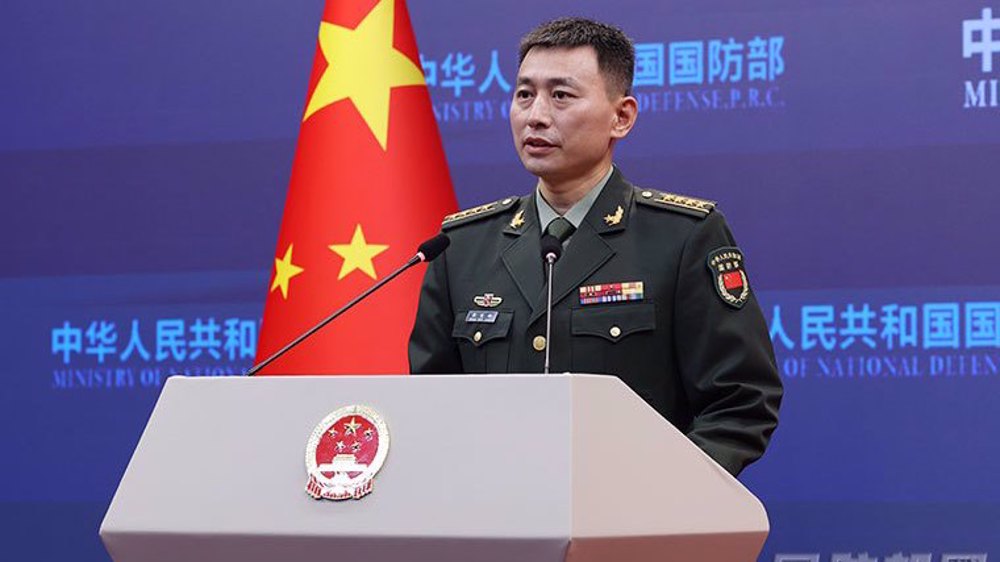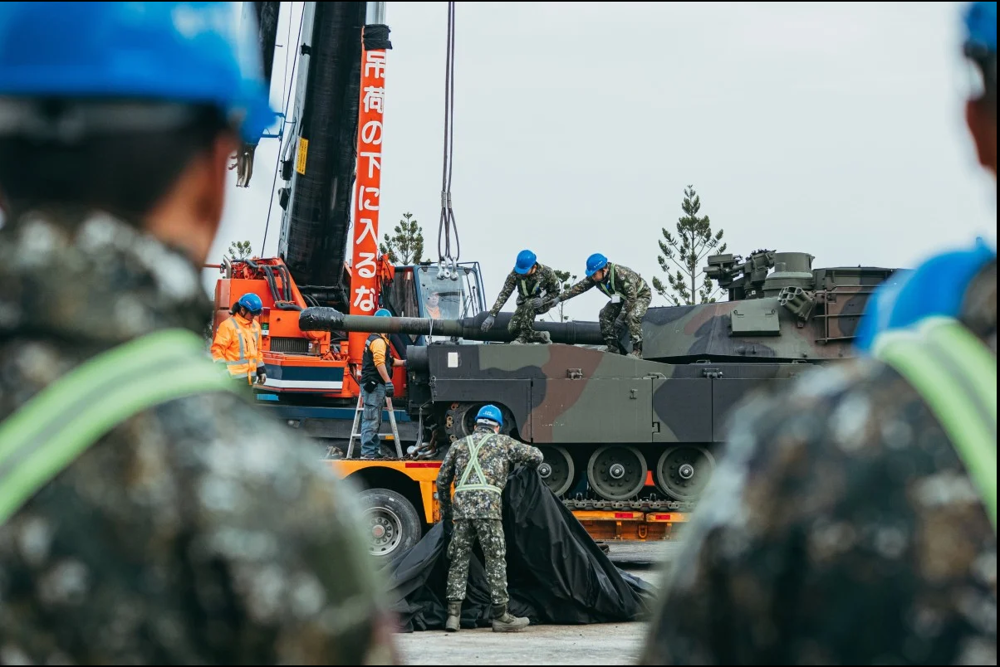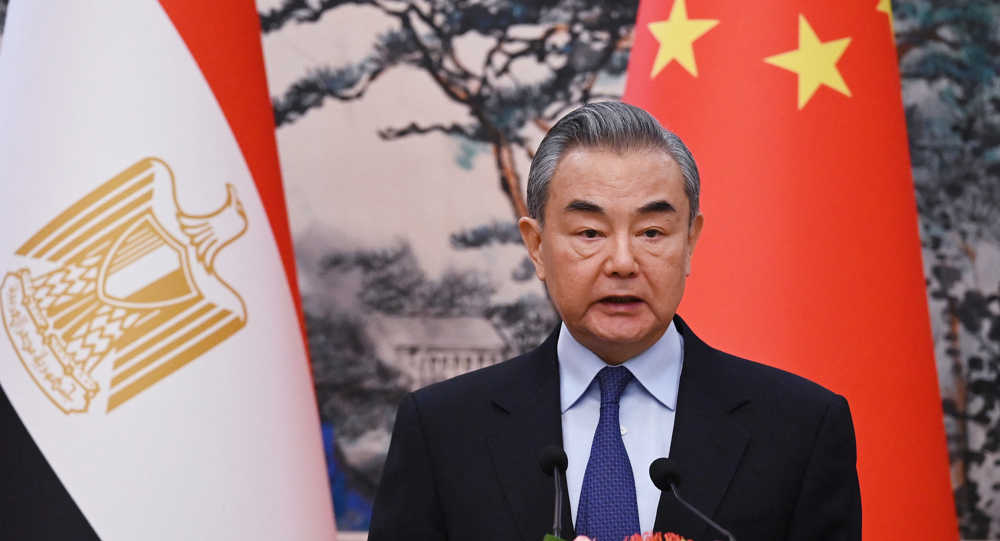Russia, China slam US plan to station missile system in South Korea
Russia and China have voiced worries about the planned deployment of an advanced US missile system to the Korean Peninsula, saying that such a move poses a threat to security in the already tense region.
In a statement released on Friday, Russia’s Foreign Ministry said Moscow and Beijing share a “mutual serious concern” over the deployment of the Terminal High Altitude Area Defense (THAAD) missile system in the South Korean territory.
Russia and China believe that such actions by the US and South Korea “can inflict serious damage on the strategic security of neighboring countries … and will further complicate the situation on the Korean Peninsula,” the statement added.
It further accused Washington of making “unilateral efforts to develop and deploy” missile systems in different regions across the world such as Northeastern Asia, warning that such activities have “a negative effect on the international and regional strategic balance.”
Moscow and Beijing also raised the possibility of a closer bilateral coordination “in the wake of the latest unfavorable developments,” calling for the swift resumption of intra-Korean dialogue as the only way to ease tensions in the region, according to the statement.
Separately, China’s Defense Ministry spokesman Yang Yujun also expressed his country’s opposition to the THAAD deployment in neighboring South Korea, stressing that Beijing will consider necessary measures to safeguard the national and regional security.
“We have made our stance of strong discontent and firm opposition quite clear …. We will closely follow related actions” of Washington and Seoul, Yang said.

Last month, the United States and South Korea said they had made a final decision to deploy the missile system in the South, claiming it will only be used in defense against what they called North Korean threats.
The agreement came after Pyongyang conducted its fourth nuclear test in January, which was followed by a satellite launch and a string of test-launches of various missiles.
According to the South Korean Defense Ministry, the US missile system will be deployed in the county of Seongju to maximize its effectiveness while minimizing any impact on residents and the environment. The ministry has also said it aims to have the system operational by the end of 2017.

The decision sparked opposition both in South Korea as well as outside the country. South Korean citizens have held protests in denunciation of the deployment. Pyongyang has also vowed “physical response,” threatening the South with a “ruthless retaliatory strike.”
THAAD has been designed to intercept ballistic missiles inside or just outside the atmosphere during their final phase of flight.
Relentless Israeli ceasefire violations justify need for self-defense: Lebanese MP
Tel Aviv tells Damascus Israeli forces will remain in occupied territory: Report
Dec. 22: ‘Axis of Resistance’ operations against Israeli occupation
‘Abhorrent’: Oxfam says only 12 trucks delivered aid in North Gaza since Oct.
VIDEO | Leader receives religious eulogists on Hazrat Fatima birth anniv.
Pope Francis slams Israel’s ‘machine-gunning’ of Gaza children
US hostage-taking of Iranian nationals violation of intl. law: Deputy FM
VIDEO | Carol Singers for Palestine on London’s Parliament Square















 This makes it easy to access the Press TV website
This makes it easy to access the Press TV website